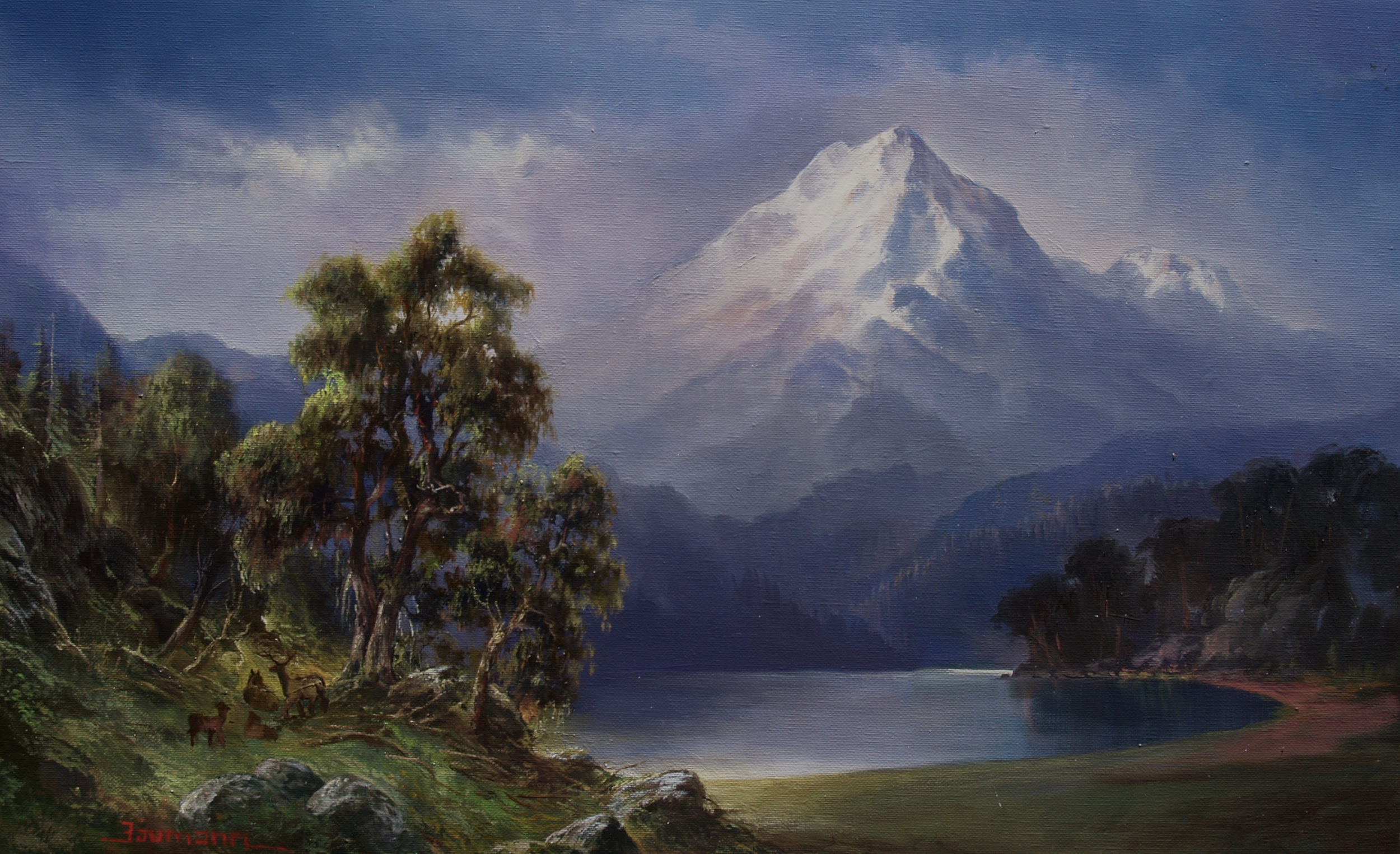“Illumination of Mt. Shasta from Tule Lake”
National Wildlife Refuge
What Makes a Great Plein Air Painting?
Mount Shasta is a beautiful and diverse area that offers some of America’s most dramatic, stunning vistas in a location that is sparsely inhabited. Located in Northern California, Mt Shasta is where I chose to create a special place for Plein Air artists to learn and practice the art of painting from nature. Mount Shasta offers plein air artists unlimited sources of beautiful locations waiting to be captured with paint and canvas and I will be offering several Plein Air Workshops in this area during the next few months.
What makes a great painting? Better yet, how can you paint a great painting on location in a period of two hours? How do you take the guess work out of creating a powerful work of art that will leave a lasting impression with the viewer, and do it without guessing or hoping that you’ll get it right or wasting time repainting it over and over? How can you leave a location with powerful painting every time? It begins with have a basic knowledge of Composition, Chunking, Checkering, Eye magnets, Color harmony, Color mixing, knowing how the brain sees, CFP, Mediums, Structure, Aerial Perspective, and Temperature. This may seem daunting and yet, if you paint without understanding all of the basics, you’re probably going to feel disappointed. Painting requires a developed skill and an understanding of the basic concepts that have been handed down from artist to artist for generations.
The one most powerful piece of advice that I can give an artist is “Remember why you chose this place to paint. Remember the moment that you said “here!” and began to set up your easel. That’s the moment you want to capture.” In the painting “Illumination of Mt. Shasta from Tule Lake,” I was traveling to Klamath Falls from Mt. Shasta early in the morning, taking a road that went by Tule lake. The sun had just crested the earth and Mt. Shasta was illuminated on the horizon with a stunning light that invited me to stop, set up my easel and paint. The morning sun changes quickly in the summer so I had to constantly remember the moment that caused me to stop and set up my easel. When we paint in the morning, the scene looks great at first, and then the light changes. We often chase the light and our painting gets flat, just like the light does as it approaches mid-day.
Monet said that “the light changes every 7 minutes” so you must not be tempted by the mistress of the moment. Stay on task! Paint the moment when you were inspired! Keep the memory in your mind, and take a moment to jot down some notes and ask your self “WHY? Why am I inspired?” Make some quick footnotes on your canvas of the scene, the brightest lights, and shadows that made you stop and paint this inspiration. Get clear before you start, then stay focused on the end result. Turn your back to the scene and rely on your memory by watching your painting and not your model. The brain is an amazing computer. It can recall facts that a person is not even aware of. The practice of using this muscle in our heads requires some time, but it can be developed. After spending time coaching hundreds of artists on location at plein air events, it became apparent to me that although many artists had a good grasp of the skills to paint, many lack the understanding of why things work and how we see. Participants in the basic workshop will understand from start to finish the underlying structure of composing and executing a powerful painting. I invite you to attend the Basic Plein Air Workshop on August 7-8-9th, 2015.
_________________________________________________
Plein air and alla prima artist Stefan Baumann, host of the PBS painting series “The Grand View, America’s National Park through the eyes of an artist” and author of “Observations Of Art and Nature,” travels in his vintage travel trailer painting America’s western landscape. Baumann paints outdoors with oils and canvas capturing stunning vistas, wildlife, western landscapes, National Parks and still life, thrilling art collectors throughout the world. He has many international collectors acquiring his paintings as investments. His painting style is called Romantic Realism with Luminism, and the extraordinary way he captures the effect of light is a truly American style used to paint the Western landscape. He can be seen plein air painting in Yellowstone, Yosemite and in the Grand Canyon. Baumann’s “how to paint” DVDs filmed on location in the National Parks are the very best on the market.

